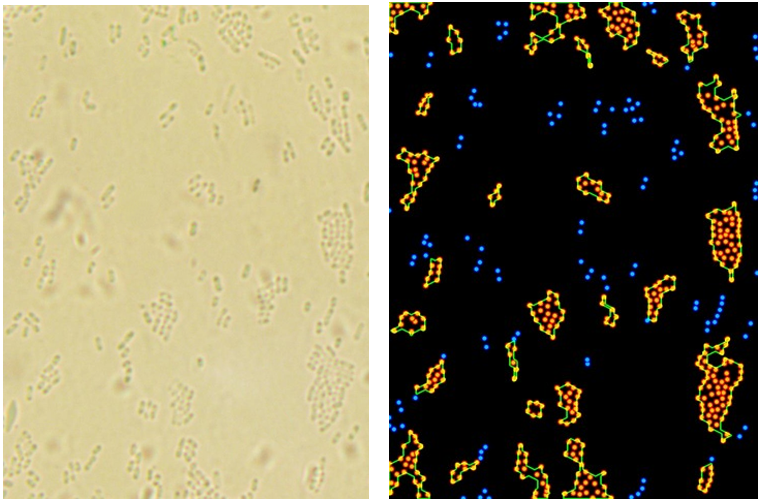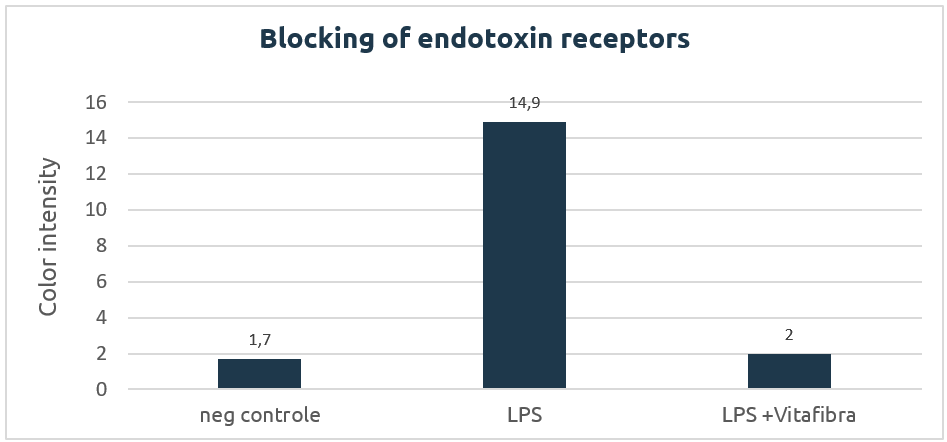For decades, nutritionists all over the world have used dietary fibers in animal nutrition to optimize performance. In the early years of the 21st century the industry started to focus more on the prebiotic aspects of certain fiber and sugar combinations. This is what is called the second generation of fibers. Agrimprove went one step further and developed a third generation of functional fiber fractions (Vitafibra) with direct effects on intestinal efficacy by reducing the damaging effects of pathogenic bacteria and toxins. This contributes to improved performance and health. Vitafibra is already proving its value as part in different concepts all over the globe.
More than 2000 years ago, Hippocrates -the father of modern medicine- suggested that “all disease begins in the gut”. Even though science has proven that this statement is not 100% correct, evidence shows that many chronical, metabolic, hormonal and even neurological diseases do have a very strong link with the intestine. Keeping the intestine in good condition is therefore of utmost importance as well for ourselves as for our animals in order to increase resilience. Keeping this in mind Agrimprove developed an exclusive product called Vitafibra, a unique selection of well-defined fiber fractions that optimize gut health by safeguarding it from disruptive agents.
The role of fibers in gut health
Nutritionists all over the world are using fibers in animal nutrition to regulate gut health. These dietary fibers can influence passage time in the stomach and the satiety feeling of the animals, and can also alter the viscosity of the feed next to other applications.
In the nineties, together with the increasing knowledge on the microbiota, the industry started to focus more on the prebiotic aspects of certain fiber and sugar combinations. Beta-glucans, MOS, FOS, XOS and more recently GOS products show nice effects on modulating the microbiota through positively stimulating the growth of some of the favorable bacteria groups. By feeding the good endogenous bacteria, gut health improves and indirectly makes animals healthier.
A new generation of fiber molecules goes beyond the regular fiber approaches. These functional fibers are not focusing on the physical aspects of feed, nor will they stimulate growth of favorable bacteria. By counteracting pathogens like bacteria and their toxic metabolites such as endotoxins, these specific fiber fractions safeguard intestinal health leading to an optimal performance.
Agglutination of pathogens
The fiber molecules are extracted from natural sources and are selected on their specific ability to bind pathogens. While being soluble they possess the ability of being very well dispersed inside the gastro-intestinal tract, increasing the contact-opportunity with possible pathogenic bacteria. When coming in contact with bacteria like E. coli or Salmonella, Vitafibra will bind to the fimbriae and cloth them together as can be seen in below microscopic picture. (Figure 1)

The soluble fiber fraction inside Vitafibra is inert, meaning that instead of being absorbed they will be excreted by the animal together with the clotted pathogens via the faeces. Agglutinated pathogens will be disabled and will pass the intestine as peaceful visitors.
Reduce endotoxemic inflammation
Besides binding pathogens, Vitafibra blocks inflammatory metabolites derived from bacteria like endotoxins. By binding on cellular TLR-receptors a cascade of mechanisms is activated resulting in the production of cytokines (IL-1, IL-6, TNF). These cytokines cause a local inflammation in the intestine which at the end will lead to energy losses and even sometimes diarrhea. The specific fiber fractions in Vitafibra are able to shield these TLR-receptors, blocking this intracellular cascade. This has been demonstrated at the university of Groningen. The use of a genetically modified cell line allowed to translate inflammation into color intensity. Whereas treating the cells with endotoxins results in a significant increase of the color intensity compared to a negative control (Figure 2), the presence of Vitafibra however blocked the colorification of the medium meaning that no inflammation was induced.

Conclusion
Next to dietary and prebiotic fibers, it is now also possible to use functional fiber fractions with a direct impact on pathogens like E. coli., Salmonella and their metabolites. Vitafibra makes this new generation of fibers available for the industry and has already proved its efficacy across Europe, North America and Asia. Want to know more? Please contact our Agrimprove specialist.
